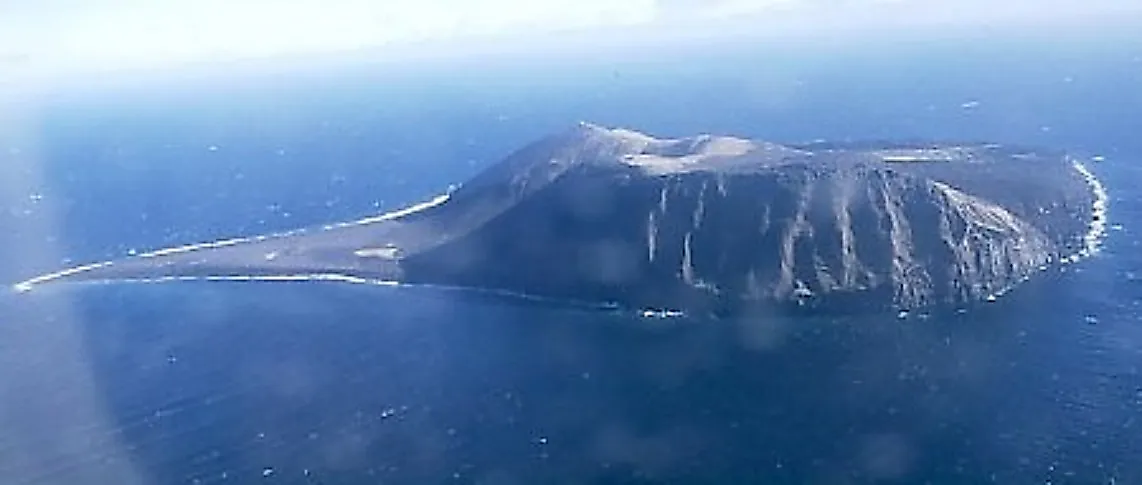Where Is The Island Of Surtsey?

5. Description
Lying to the south of Iceland, this volcanic island was declared a UNESCO World Heritage site in 2008. Surtsey was born on November 14th, 1963, as its volcanic top poked out of the Greenland Sea. It finally attained a height of 570 feet above the sea's surface after three years of eruption. The volcanic island has since stopped growing out of the sea. In fact, Surtsey has lost about 3.3 feet in height. It had initially continued to grow in stature at a rate of 8 inches a year. However, by the 1990s, it had slowed down to about 0.4 to 0.8 inches annually. Surtsey has a sandy soil, and much of the island is covered with hardened lava flows.
4. History of Surtsey
The island's name was taken from that of the Norse mythological giant Surtr. Surtsey was an unexpected occurrence that began a few days before it breached sea level. It began as an undersea volcanic eruption that pushed the beginnings of a volcanic island upwards to the surface of the Greenland Sea, south of Iceland. Within its first few months of formation, botanists, biologists, and volcanologists were observing and studying its development. Surtsey is a result of the Vestmannaeyjar submarine volcanic system which is situated in the undersea Mid-Atlantic range. Several other volcanic islands also breached sea level at almost the same period, but slowly sank back over a few months. Surtsey today has developed a sand spit on its northern end, and has its own flora and fauna.
3. Modern Significance
In 1965, Surtsey was made into a nature reserve. This made the volcanic island accessible only to scientists. The United Nations declared Surtsey a UNESCO World Heritage Site in 2008. This reinforced the island's purpose as a pristine natural laboratory. This new uninhabited island was settled by flora and fauna carried by ocean currents and ocean winds. Scientists marveled and observed how life could easily and quickly colonize a former barren island in the middle of nowhere. The island is important that it is a treasure trove of information for many fields of scientific study. Surtsey made modern volcanology an independent science.
2. Habitat and Biodiversity
The first few years above water saw seeds, bacteria, molds, fungi, and vascular plants take root on Surtsey. Avian species like Black guillemots and fulmars were Surtsey's first animal inhabitants. The 348-acre island now has around 89 bird species. It also is home to about 335 species of invertebrates. The flora of Surtsey includes moss, lichens, and 60 species of vascular plants. Birds, however, almost dominate the island, breeding and establishing colonies there. Birds on migration stop at the island as well. Plant colonization is mostly facilitated by seagulls through their droppings with their numerous numbers. Swans, geese, and ravens are temporary residents of Surtsey, while Golden plovers and Atlantic puffins have decided to make it a year-round home, as have certain seals who have also came to stay.
1. Environmental Threats and Territorial Disputes
Surtsey Island belongs to Iceland as it declared in the first year, though two French journalists landed on the island and jokingly made a claim for France. The island will not be there forever as erosion shows, with its original size of 0.965 square miles now dwindling down to 0.540 square miles. Scientists have determined that the island will vanish in sometime between the next 100 and 1,000 years. The island has one hut for scientists. Two horticultural incidents that violated the status of the island happened unexpectedly. In one event, several young boys came to the island and planted potatoes that were later dug up. Another scientist also established tomato plants on Surtsey, though these were later destroyed as well. The protection of the island as a pristine laboratory has to be maintained.











